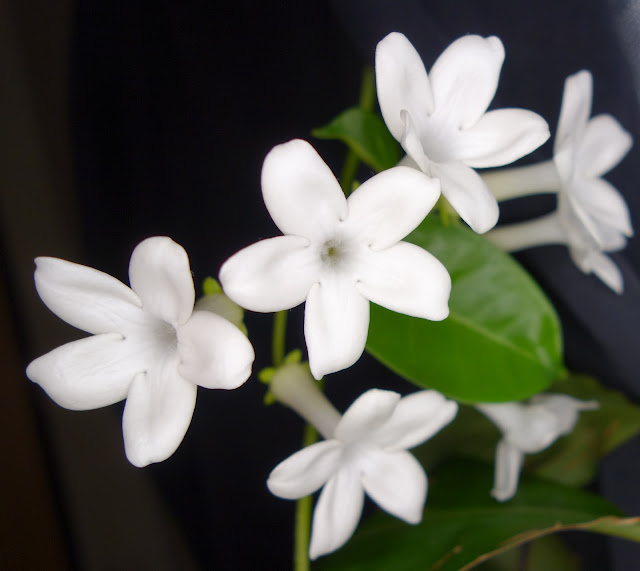Cotton flower in a Manchester mini-greenhouse with a Manchester hoverfly.
I tried to get a photo with a bee but the cotton was late flowering and
there were no bees around on the few sunny days that a flower was open.
This article arose from annoyance that so many reports about the Manchester Bee just stated that "it represents Industry". I knew that there must be more to the story. I was not prepared for how much more there was and how carried away I got while researching the history of symbolic bees in Manchester and Salford.
I wrote most of this article 6 years ago. I have finally got around to editing it properly over the last couple of months. I have reorganised the sections so that it makes a more readable progression, hopefully. I have also added a few new things, not just the photo of the cotton flower that opened this week.
The Manchester and Salford Bees appear to have been chosen as symbols by those Councils out of respect for the reforming Prime Minister Robert Peel, whose coat of arms included a Bee. Peel had helped carry through the changes in local democracy that allowed the Manchester and Salford councils to be set up. He also changed the tax system to remove a huge burden on the poor against the wishes of his Party, almost destroyed the Tory Party and sacrificed his political career. By that act he changed Britain into a fairer and more inclusive country, relative to the horror show it had been before. The Manchester and Salford councils had both been ardent supporters of those law reforms and celebrated Peel's success. Peel and the cotton kings who formed Manchester Council were all
representatives of reforming, non-conforming Industry, opposed to the
oppressive landowners of the Establishment.
The Manchester Council motto may also have come from a 17th century bee-keeping manual.
I also put together some appendices on the local history of other bees in Manchester and Salford.
This article is dedicated to those who lost their lives or were wounded by the bombing at the Manchester Arena on the 22nd of May 2017 and all those killed or scarred by all the wars and atrocities throughout human history.
We all just get one short life and to decide to destroy that life is an unspeakable treachery against humanity.
My version of the "terrestrial globe, semée of bees volant".
Midsummer Manchester unusually hidden by clouds.
Thanks NASA
↓ An excessive amount of reading follows the jump break, with quite a few nice illustrations.
























